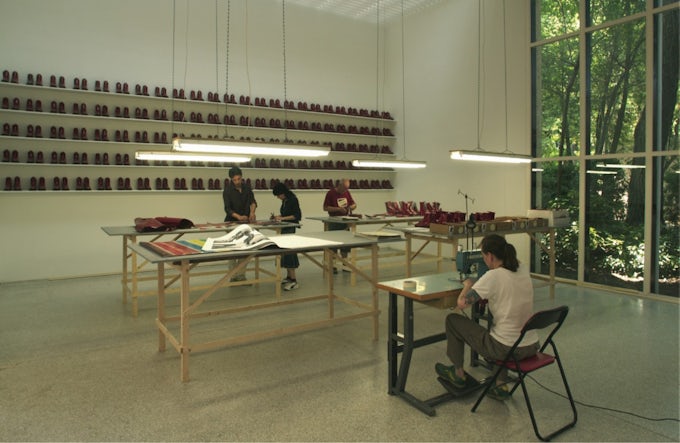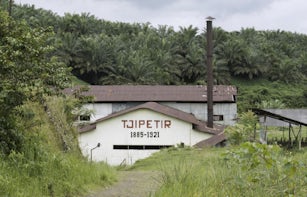Artistic Labour, Enclosure and the New Economy

Alberto López Cuenca sketches a history of artistic labour to suggest forms of creativity that can oppose the logic of the New Economy. Labour has become a frequent topic in contemporary art. However, this text will focus not so much on the topic of labour as on the way in which contemporary artists labour. Under the eminently financial, speculative and flexible conditions set by the New Economy, how has artistic labour changed? In 2002 Mexican artist Carlos Amorales presented, for the first time, Flames Maquiladora at the South London Gallery. Visitors were asked to cut wrestling shoes out of vinyl sheets, working as if in a maquiladora, one of those assembly plants set up by transnational companies in Mexico to exploit cheap local labour. Amorales did not make his visitors work as a mere parody of these practices, however, but rather he made the point they were actually working for the art world. Under the slogan ‘Work for Fun, Work for Me’, a poster explained to the public how to do the toiling for free, and in the end visitors did not produce any wrestling shoes but simply the spectacle of performing artistic labour. The audience was the concrete work-force that made the art piece happen. In other words, Amorales’s installation was not just a metaphor: it actually outsourced the free labour that made it possible. FlamesMaquiladora is just one instance of the broader transformation that artistic labour has undergone in the last decades.



